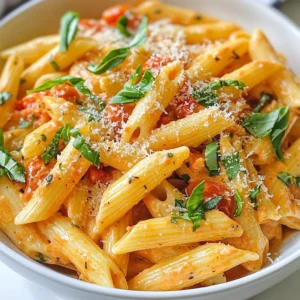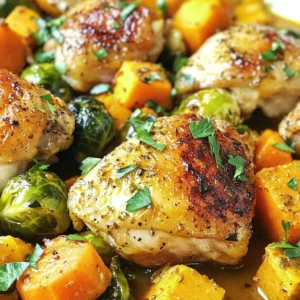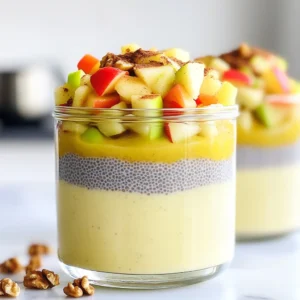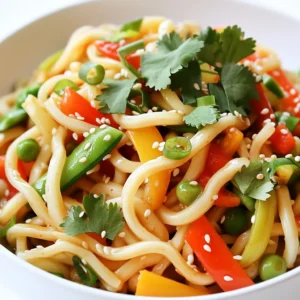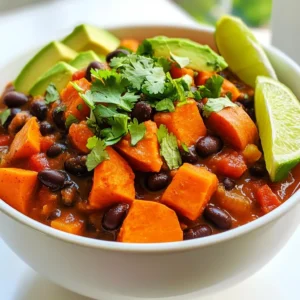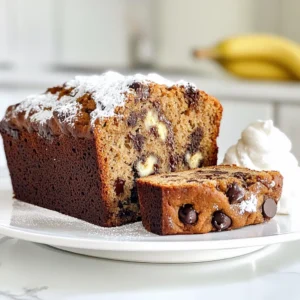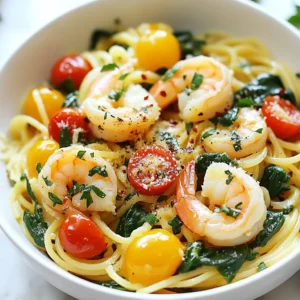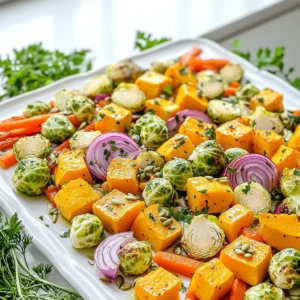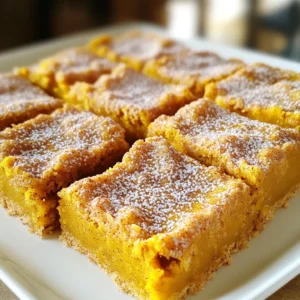- Lemon Herb Roasted Chicken Thighs Simple and Tasty
- Garlic Butter Steak Bites Savory and Tender Delight
- Honey Oatmeal Cookies Comforting and Chewy Delight
- Chewy Brown Butter Blondies Perfectly Delicious Treat
- Creamy Tomato Basil Tortellini Soup Flavorful Delight
- Flourless Chocolate Lava Cake Rich and Decadent Dessert
- Sheet Pan Chicken Fajitas Flavorful and Easy Recipe
- Caramelized Onion Gruyère Tart Flavorful Savory Delight
- Minute Shrimp Dumplings Flavorful and Easy Recipe
- Zesty Cranberry Orange Chicken Flavorful Dinner Idea
- Avocado Chocolate Mousse Creamy and Decadent Treat
- Instant Pot Creamy Tomato Basil Pasta Delight
- Soft Pumpkin Pie Cookies Delightful Fall Treats
- Satisfying Slow Cooker Lamb Curry Easy Family Meal
- Sheet Pan Teriyaki Chicken & Veggies Savory Delight
- Pasta alla Sorrentina Flavorful and Hearty Dish
- Autumn Harvest Chicken Skillet Flavorful Family Meal
- One-Pot Greek Chicken and Rice Flavorful Comfort Dish
- Pumpkin Caramel Poke Cake Irresistible Dessert Treat
- Air Fryer Garlic Brussels Sprouts Flavorful Side Dish
- Apple Cinnamon Chia Pudding Tasty and Nutritious Treat
- Pumpkin Hot Chocolate Rich and Creamy Fall Delight
- Minute Chili Garlic Udon Quick and Tasty Delight
- Crockpot Beef and Broccoli Tasty Flavorful Dinner
- Chicken Street Tacos Flavorful and Easy Recipe
- Sweet Potato Black Bean Chili Hearty and Flavorful Dish
- Air Fryer Jalapeño Poppers Crunchy and Spicy Snack
- No Bake Peppermint Oreo Cheesecake Delight Recipe
- Chocolate Chip Banana Bread Bakery Style Delight
- Pumpkin Spice White Hot Chocolate Creamy Delight
- One-Pan Garlic Butter Shrimp Pasta Easy Weeknight Meal
- Sheet Pan Sweet Potato Chickpea Tacos Easy Recipe
- Slow Cooker Honey Garlic Chicken Flavorful Dinner Delight
- Sheet Pan Roasted Fall Veggies Simple and Tasty Dish
- Copycat Panda Express Orange Chicken Recipe Delight
- Chili Garlic Ramen Stir Fry Flavorful Quick Meal
- Pumpkin Rice Krispie Treats Simple and Tasty Recipe
- Cheesy Garlic Chicken Wraps for Busy Nights Delight
- Cheesy Taco Pasta Skillet Quick and Flavorful Meal
- Air Fryer Sweet Chili Chicken Meatballs Tasty Recipe
- Savory Mushroom and Swiss Sliders Tasty Bite-Sized Treat
- Brown Butter Pumpkin Snickerdoodle Bars Delight












